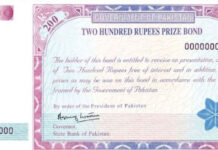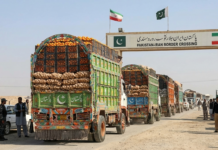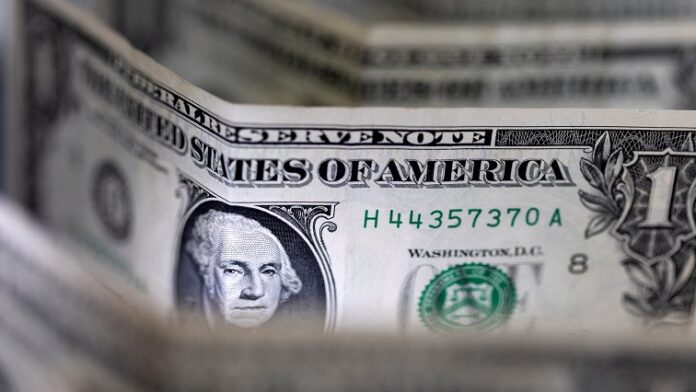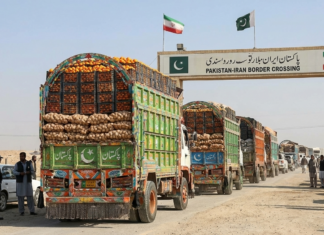According to the Economic Affairs Division’s (EAD) monthly report on Foreign Economic Assistance (FEA), Pakistan’s foreign assistance inflows dropped by over 55% to $2.7 billion during the first four months (July-October) of the current fiscal year. In comparison, inflows during the same period last year stood at $6.05 billion.
The decline is attributed to delays in securing a bailout from the International Monetary Fund (IMF) and the subsequent $1 billion disbursement under the IMF program.
The EAD’s report revealed that inflows accounted for just $1.72 billion against an annual target of $19.4 billion. This figure excludes the $1 billion IMF disbursement at the end of September, which raises the total to $2.72 billion.
In contrast to last fiscal year’s robust inflows of $2.9 billion in July, fueled by the approval of a $3 billion Standby Arrangement by the IMF, inflows in July this year dwindled to $436 million.
October saw inflows of $415 million compared to $318 million in the same month last year. Of the total $1.72 billion received during the four months, $897 million was allocated for budgetary support, while $826 million went toward project financing. Last year, program loans accounted for $2.53 billion, while project aid totaled $992 million during the same period.
Multilateral lenders provided $721 million in the four-month period, up from $597 million last year. Bilateral disbursements, however, fell to $260 million from $436 million during the same period.
Foreign commercial loans amounted to $200 million, reflecting a slight recovery as commercial banks, hesitant last year, began resuming financing under the delayed IMF program. The government’s budgeted target for commercial financing this year stands at $3.8 billion, signaling a slow start.
Projections for $9 billion in bilateral inflows from Saudi Arabia and China, including $5 billion in time deposits from Saudi Arabia and $4 billion in China’s SAFE deposits, have yet to materialize but are typically realized in the second half of the fiscal year. The government also aims to secure $1 billion through international bonds.
Among multilaterals, the World Bank led disbursements with $364 million, followed by the Asian Development Bank ($173 million) and the Islamic Development Bank ($150 million). On the bilateral front, China topped the list with $97 million, followed by France ($90 million) and the United States ($38 million).
Meanwhile, Naya Pakistan Certificates attracted $542 million from overseas Pakistanis, compared to $306 million during the same period last year.
With these sluggish inflows, Pakistan faces mounting challenges in bridging its external financing gap, a critical component of the IMF program.






















